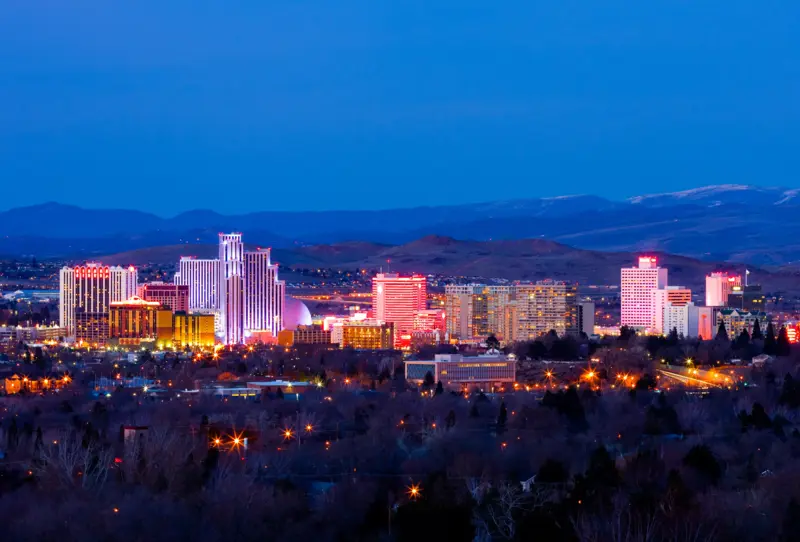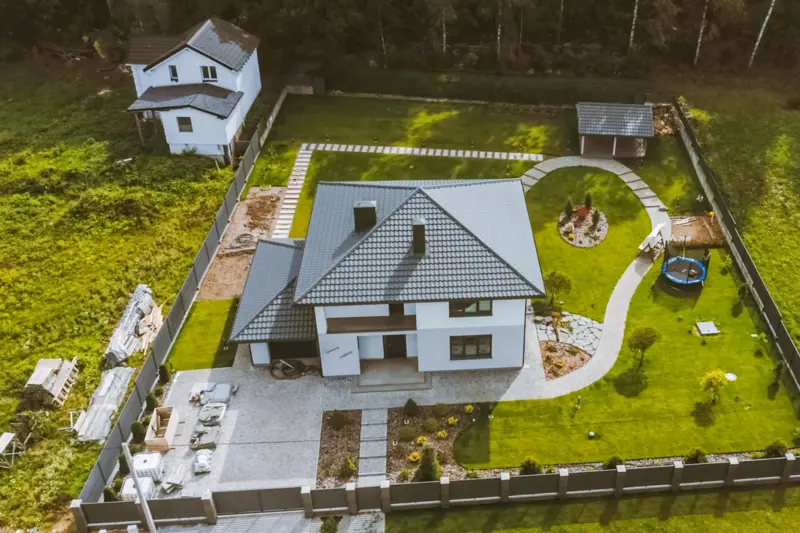A Soaring Perspective:
Unveiling the World Through Aerial Photography
Aerial photography, a specialized branch of landscape photography, offers a captivating and unique perspective on the world. It’s a journey of wonder and discovery, where landscapes transform into breathtaking panoramas, revealing hidden patterns and geometries invisible from the ground. Fueled by the rise of drone technology, this genre allows photographers to capture stunning images from a bird’s-eye view, transforming ordinary landscapes into extraordinary visual spectacles.
The primary appeal of aerial photography lies in its ability to showcase the vastness and intricacy of landscapes. Sweeping vistas of mountain ranges and deserts unfurl beneath the drone’s lens while the intricate layouts of urban environments are laid bare. These aerial images convey a sense of scale and grandeur that ground-level photography often struggles to capture, inspiring awe and appreciation for the beauty of our world.
Technological advancements have revolutionized aerial photography, making it more accessible and versatile. Drones, with their high-resolution cameras and advanced stabilization systems, have played a significant role in this revolution. They empower photographers to easily capture stunning aerial shots. These versatile devices can fly at various altitudes, hover in place, and maneuver through complex environments, offering unprecedented creative freedom. Modern drones often include GPS and automated flight modes, allowing for precise control, repeatable flight paths, and safer operation. The affordability and ease of use of these drones have opened up the world of aerial photography to a wider audience, making it a popular choice for both professional and amateur photographers.
However, mastering aerial photography requires distinct skills and considerations compared to traditional landscape photography. Photographers must possess a good understanding of flight regulations and safety protocols to operate drones legally and responsibly. Technical aspects of drone operation, including navigation, camera settings, and aerial composition, demand expertise. Anticipating weather conditions becomes crucial, as wind and light can significantly impact the quality of the photographs. For instance, strong winds can make it difficult to control the drone, while harsh sunlight can create unwanted shadows. Understanding these factors and planning your flights accordingly can greatly improve the quality of your aerial photographs.
One key element of successful aerial photography is composition. From above, landscapes can appear flat and featureless, presenting a unique challenge for photographers. To overcome this, they must leverage solid visual elements such as lines, patterns, and contrasts to create dynamic compositions. The rule of thirds, leading lines, and symmetry are particularly effective tools in aerial shots. Additionally, capturing the desired mood and atmosphere relies heavily on timing, as the changing light throughout the day dramatically alters the landscape’s appearance.
The applications of aerial photography extend far beyond artistic expression. In agriculture, aerial images are invaluable for monitoring crop health and land conditions. Environmental conservation efforts utilize them to track changes in ecosystems and wildlife habitats. Urban planning and real estate industries rely on aerial photography to survey land, assess property, and visualize development projects. These diverse applications demonstrate the versatility and importance of aerial photography in modern society.
Aerial photography offers a captivating and unique window into the world from above. With the advent of drone technology, this genre has become more accessible, allowing us to witness the beauty and complexity of landscapes in a whole new light. Combining technical skills, creative composition, and an understanding of flight dynamics is essential to mastering this art form. As technology advances, aerial photography’s potential to uncover new perspectives and applications remains limitless, solidifying its place as a vital and innovative field within landscape photography.






